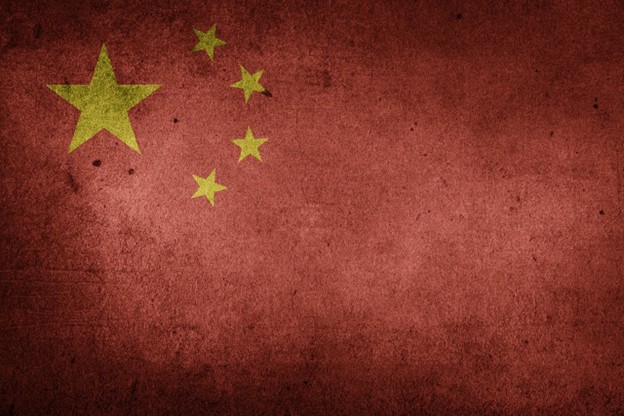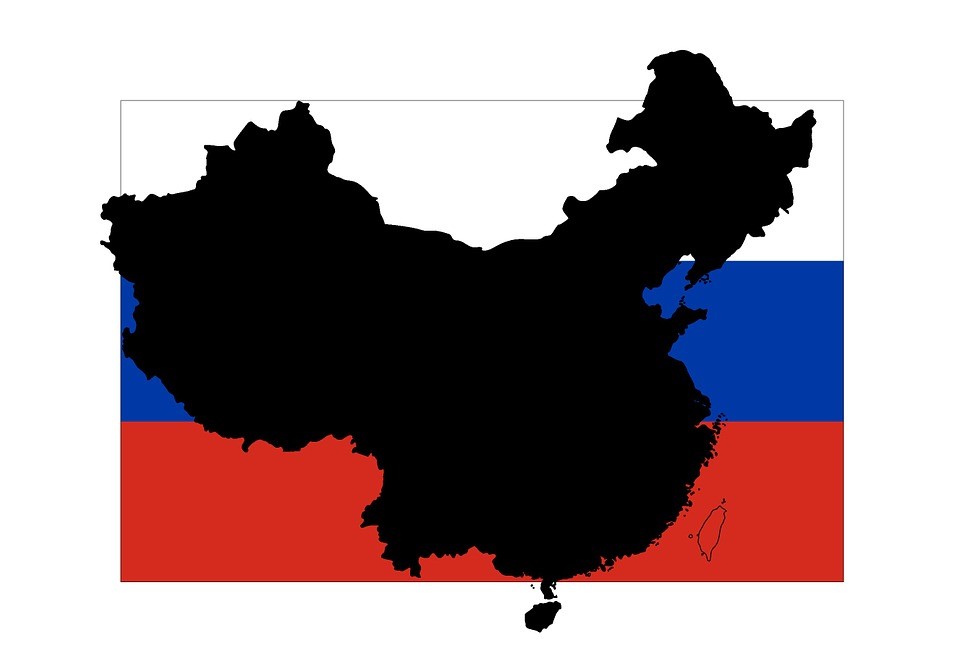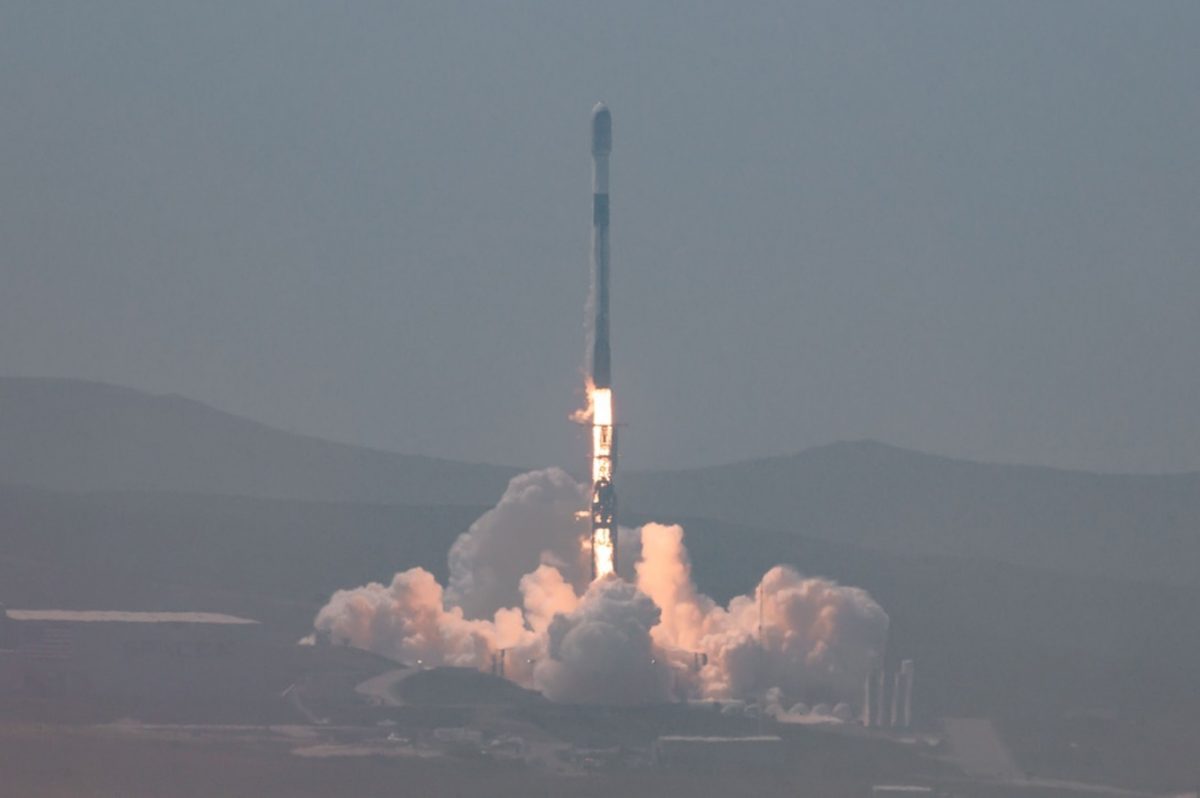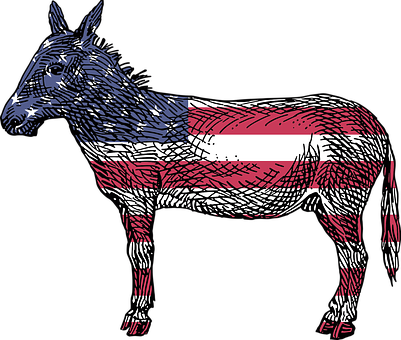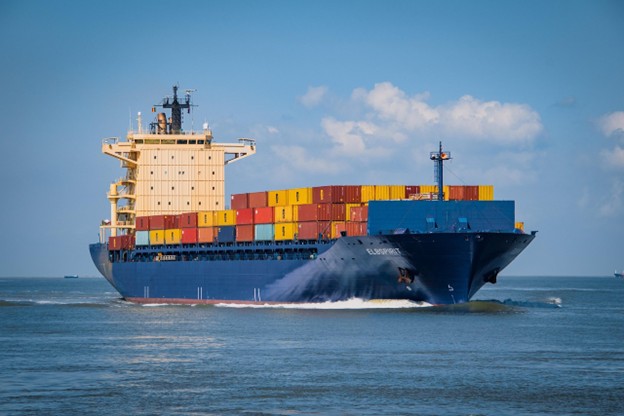In two prior articles, we discussed the decision of James Boasberg, the Chief Judge of the DC District Court to halt President Trump from the deportation of members of the Venezuelan criminal gang Tren de Aragua (TdA). Readers of those articles will recall that President Trump issued a Proclamation declaring members of TdA to be Alien Enemies, and agents of the Venezuelan government, who had encouraged members of the gang to infiltrate the United States in an effort to destabilize our country with their criminal activity.
In doing so, the President invoked the Alien Enemies Act (AEA), which states that “[w]henever there Is a declared war between the United States and any foreign nation or government, or any invasion or predatory Incursion is perpetrated, attempted or threatened against the territory of the United States by any foreign nation or government, and the President makes public proclamation of the event, all natives, citizens, denizens, or subjects of the hostile nation or government, being of the age of fourteen years and upward, who shall be within the United States and not actually naturalized, shall be liable to be apprehended, restrained, secured, and removed as alien enemies.”
Our readers will also recall that Judge Boasberg’s decision was upheld by the DC District Court. Two of the appellate judges, Karen LeCraft Henderson and Patricia Millett, discussed the due process rights of the “noncitizen Venezuelan” plaintiffs, and implied that the Trump Administration’s invocation of the Alien Enemies Act was illegitimate. But the dissenting opinion by Judge Justin Walker charted a different course.
“[I]ndividuals identified as alien enemies,” Judge Walker wrote, “may challenge that status in a habeas petition…The problem for the Plaintiffs is that habeas claims must be brought in the district where the Plaintiffs are confined. For the named Plaintiffs at least, that is the Southern District of Texas. Because the Plaintiffs sued in the District of Columbia, the Government is likely to succeed in its challenge to the district court’s orders.”
The United States Supreme Court reviewed the decision of the DC Court of Appeals and issued their own opinion on April 7, 2025. Can you guess how they ruled?
“Challenges to removal under the AEA, a statute which largely ‘preclude[s] judicial review’…must be brought in habeas… Regardless of whether the detainees formally request release from confinement, because their claims for relief ‘necessarily imply the invalidity’ of their confinement and removal under the AEA, their claims fall within the ‘core’ of the writ of habeas corpus and thus must be brought in habeas.” (Citations omitted.)
In other words, Judge Walker was absolutely right. If Venezuelans subject to deportation under the Alien Enemies Act wish to challenge their removal, they must do so by a Habeas Corpus petition in a Court with jurisdiction where these persons are physically being held.
But what about Judge Henderson and Millet’s concerns about the due process rights of these “noncitizen Venezuelans?”
According to the Supreme Court, “[A]n individual subject to detention and removal under [the AEA] is entitled to ‘judicial review’ as to ‘questions of interpretation and constitutionality’ of the Act as well as whether he or she ‘is in fact an alien enemy fourteen years of age or older.'” However, “[t]he only question is which court will resolve that challenge…we hold that venue lies in the district of confinement.”
In other words, Judges Henderson and Millett created a straw man to knock down. Both asserted that the Venezuelan plaintiffs were being denied the right to challenge their deportations. But the real question was who decides their challenge – the DC Court, picked by the plaintiffs’ lawyers, or the Texas District Court, where the plaintiffs are actually located?
Legally, historically, and properly, the District Court of Texas has jurisdiction. Which means the attempt to “forum shop” by the lawyers for the plaintiffs has failed.
Of course, the dissent by Justices Sotomayor, Kagan and Jackson follow the usual arguments. “This case arises out of the President’s unprecedented peacetime invocation of a wartime law known as the Alien Enemies Act,” Justice Sotomayor writes. “There is, of course, no ongoing war between the United States and Venezuela. Nor is Tren de Aragua itself a ‘foreign nation’…The President’s Proclamation nonetheless asserts that Tren de Aragua is ‘undertaking hostile actions and conducting irregular warfare against the territory of the United States both directly and at the direction . . . of the Maduro regime in Venezuela.'”
Justices Henderson and Millet argued in a similar vein, asserting a very narrow view of the circumstances under which the Alien Enemies Act can be raised. But as we noted, a war declared by Congress is not the only time when the AEA can be invoked. The statute also applies when “any invasion or predatory Incursion is perpetrated, attempted or threatened against the territory of the United States.”
Justice Sotomayor also makes the same effort to evoke sympathy for the “noncitizen Venezuelan” plaintiffs as did the DC Court of Appeals; “Deportation” she states, “presented a risk of extraordinary harm to these Plaintiffs. The record reflects that inmates in Salvadoran prisons are ‘highly likely to face immediate and intentional life-threatening harm at the hands of state actors.’” But of course, this ignores the extraordinary harm members of Tren de Aragua pose to the American public at large.
One issue that has not received much attention – we won’t see another mass deportation of gangbangers, or any other criminal aliens to a Salvadoran prison anytime soon. As Justice Sotomayor notes, “The Court’s order today…requires the Government to afford plaintiffs ‘notice after the date of this order that they are subject to removal under the Act . . . within reasonable time and in such a manner as will allow them to actually seek habeas relief in the proper venue before such removal occurs’…That means, of course, that the Government cannot usher any detainees, including plaintiffs, onto planes in a shroud of secrecy, as it did on March 15, 2025. Nor can the Government ‘immediately resume’ removing individuals without notice…[t]o the extent the Government removes even one individual without affording him notice and a meaningful opportunity to file and pursue habeas relief, it does so in direct contravention of an edict by the United States Supreme Court.”
Thus, those who support keeping Alien Enemies within our borders have won the right to delay removal of these illegal invaders until they’ve had hearings (and presumably, appeals of those hearings when an adverse decision results).
But there is yet another issue that has arisen as an unintended consequence of this litigation, one with a potential outcome that could have very far reaching effects.
When Judge Boasberg issued his order stopping the deportations of the “undocumented Venezuelans,” he initially ordered that “Defendants shall not remove any of the individual Plaintiffs from the United States for 14 days absent further Order of the Court.” The Court then expanded its order to prevent the removal of “All noncitizens in U.S. custody who are subject to the March 15, 2025 Presidential Proclamation.” This order applied beyond the Court’s immediate jurisdiction, to all “noncitizens in US custody,” no matter where in the United States they were located.
The ability to issue an order that affected persons outside of the Court’s immediate jurisdiction caused more questions than any other aspect of this dispute. Can a federal district court do that? Does one judge have that much power?
The short answer is, yes. As we discussed as far back as 2019, “for many years, it has been held repeatedly by the US Supreme Court that the power to issue injunctive relief extends to whoever is affected by the injunction, whereever they may be. For instance, in Steele v. Bulova Watch Co., a 1952 decision, the Supreme Court held that “the District Court in exercising its equity powers may command persons properly before it to cease or perform acts outside its territorial jurisdiction” (emphasis added)…Thus, there is no geographical limit to a Court’s exercise of its power to issue an injunction.”
But Judge Boasberg’s assertion of his authority may just have been the straw that broke the camel’s back. As described in The Hill, “[t]he House…passed a bill restricting district court judges from issuing nationwide injunctions in a move that would vastly diminish the ability of courts to block President Trump’s policies. Dubbed the No Rogue Rulings Act, the legislation from Rep. Darrell Issa (R-Calif.) would limit judges to providing relief only to parties directly involved in the suit.”
According to Representative Issa, “[s]ince President Trump has returned to office, left-leaning activists have cooperated with ideological judges who they have sought out to take their cases and weaponize nationwide injunctions to stall dozens of lawful executive actions and initiatives.” However, Rep. Pramila Jayapal (D-Wash.) said “Nationwide injunctions play an essential role in protecting our democracy and holding the political branches accountable. Without them, millions of people could be harmed by these illegal or unconstitutional government policies.”
While Representative Jayapal makes a valid point, this is another example of the abuse of the law for political ends. As reported by The Hill, “Judges issued six nationwide injunctions during President George W. Bush’s administration, according to an analysis published in the Harvard Law Review. The number doubled to 12 during the Obama administration before skyrocketing to 64 during Trump’s first term. During the Biden administration, the number of nationwide injunctions fell back to 14, a figure that has already been surpassed in a matter of weeks in the second Trump administration.”
These statistics lend credence to the position taken by Representative Tom McClintock (R-Calif); “Judges are asserting this authority by themselves, and it’s an outrageous abuse of public trust and judicial power and opened the Pandora’s box that threatens the constitutional order.”
There is no guarantee that the Senate will pass this bill, once it is forwarded to the upper house by the lower. But the issue is now front and center in the Congress, and in the minds of the public.
If nothing else, the attention may make some judges think twice before issuing blanket rulings blocking President Trump’s initiatives – particularly ones that are popular with the public.
Judge Wilson served on the bench in NYC



